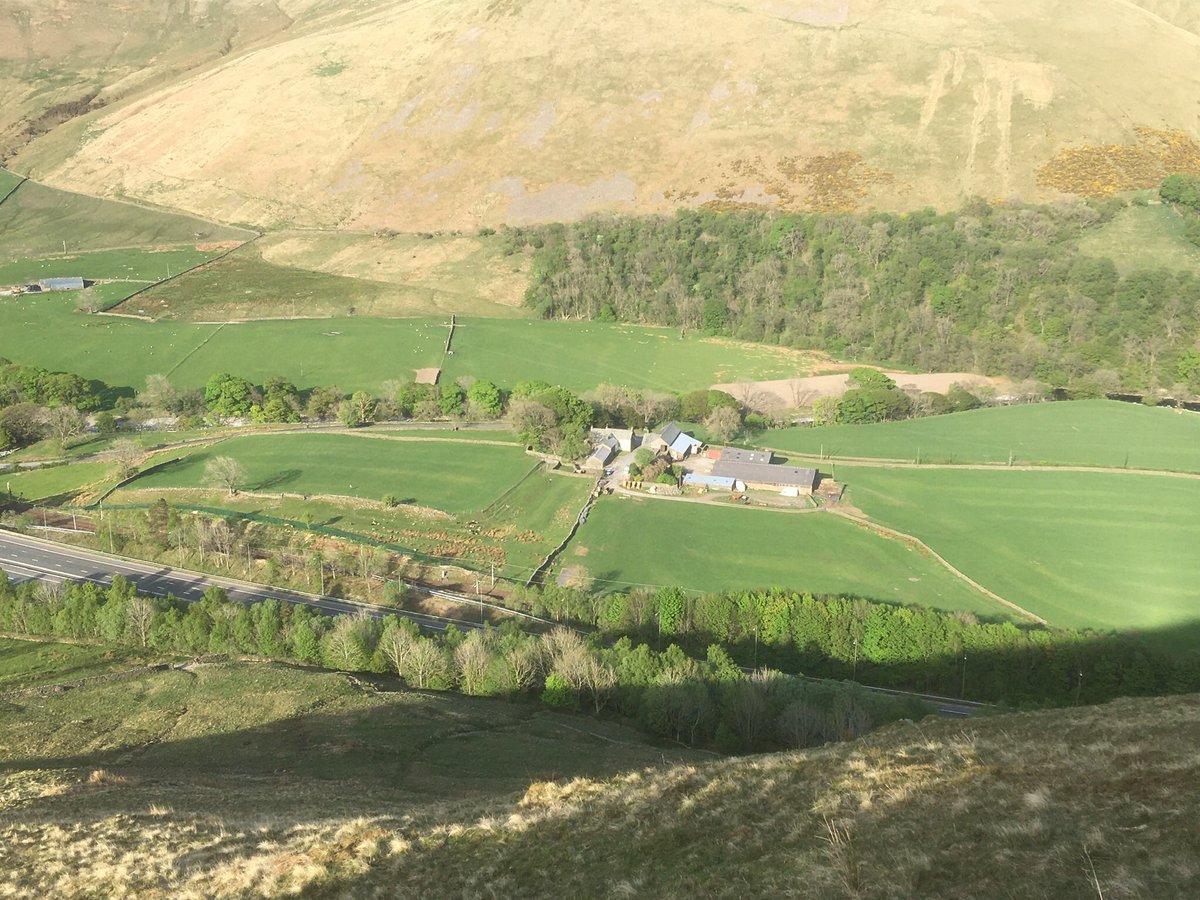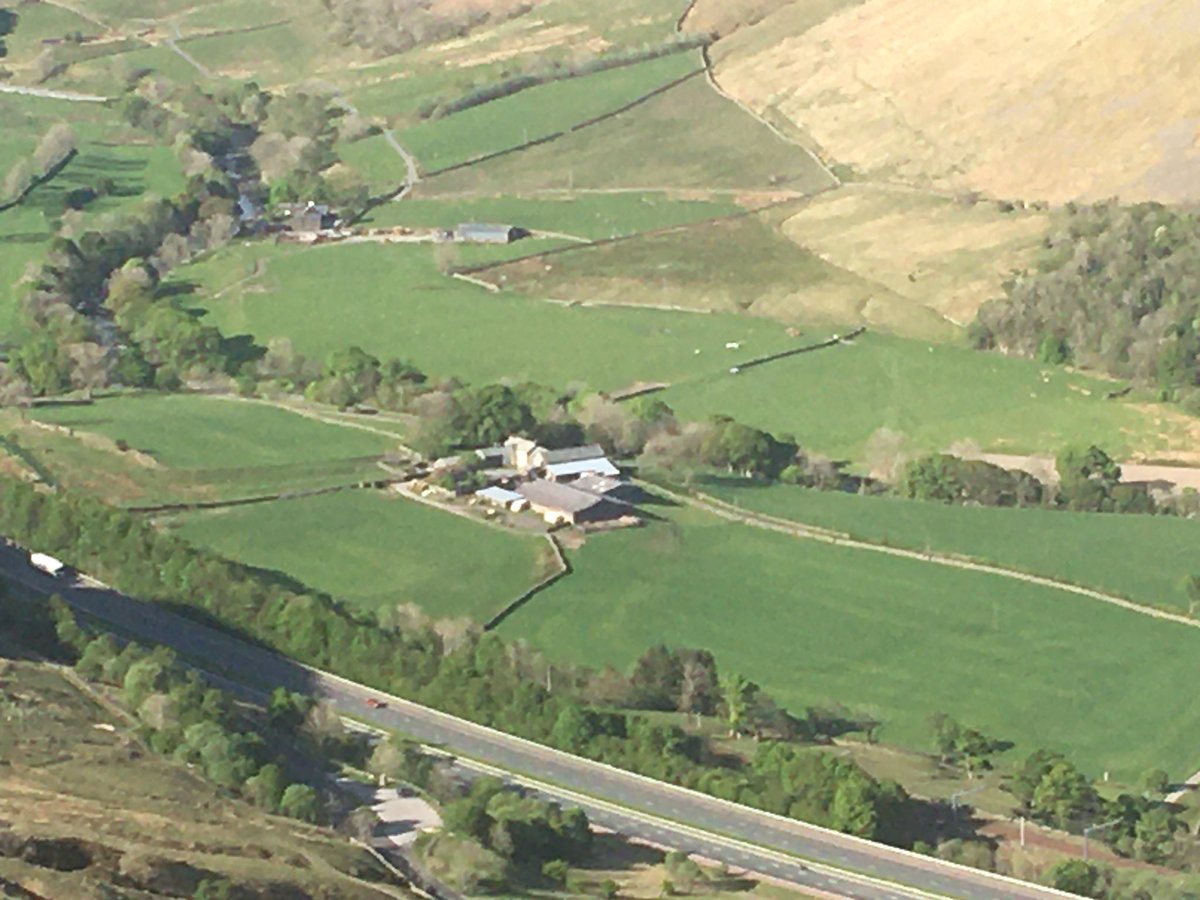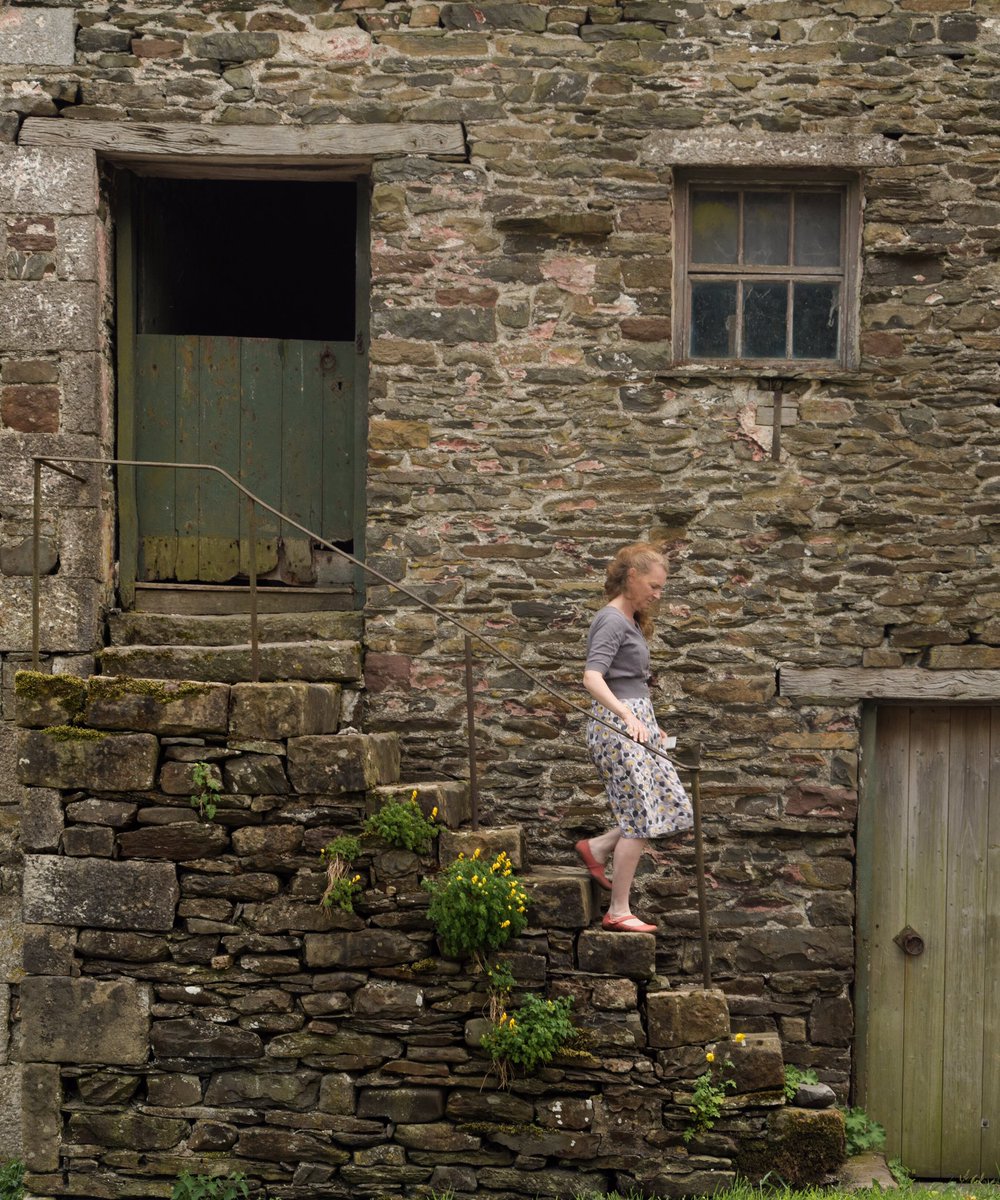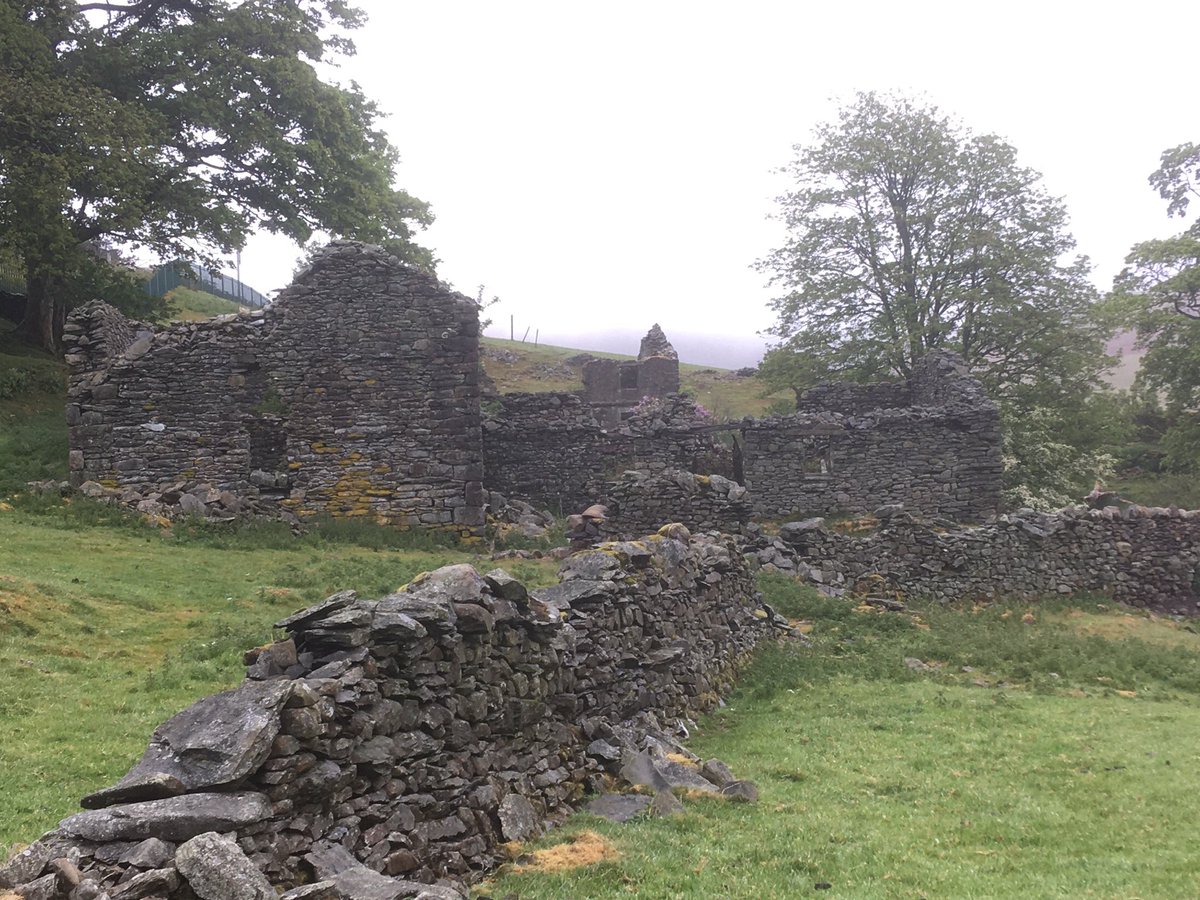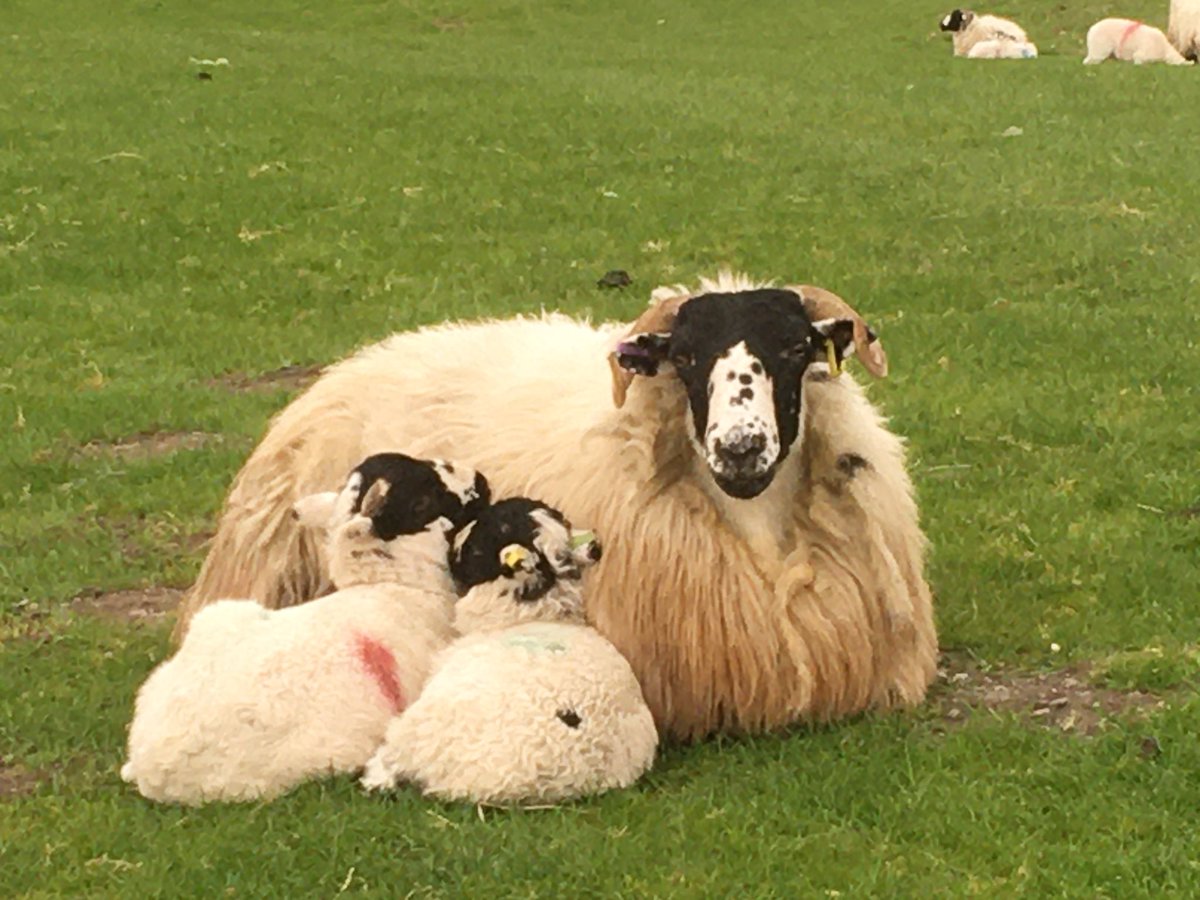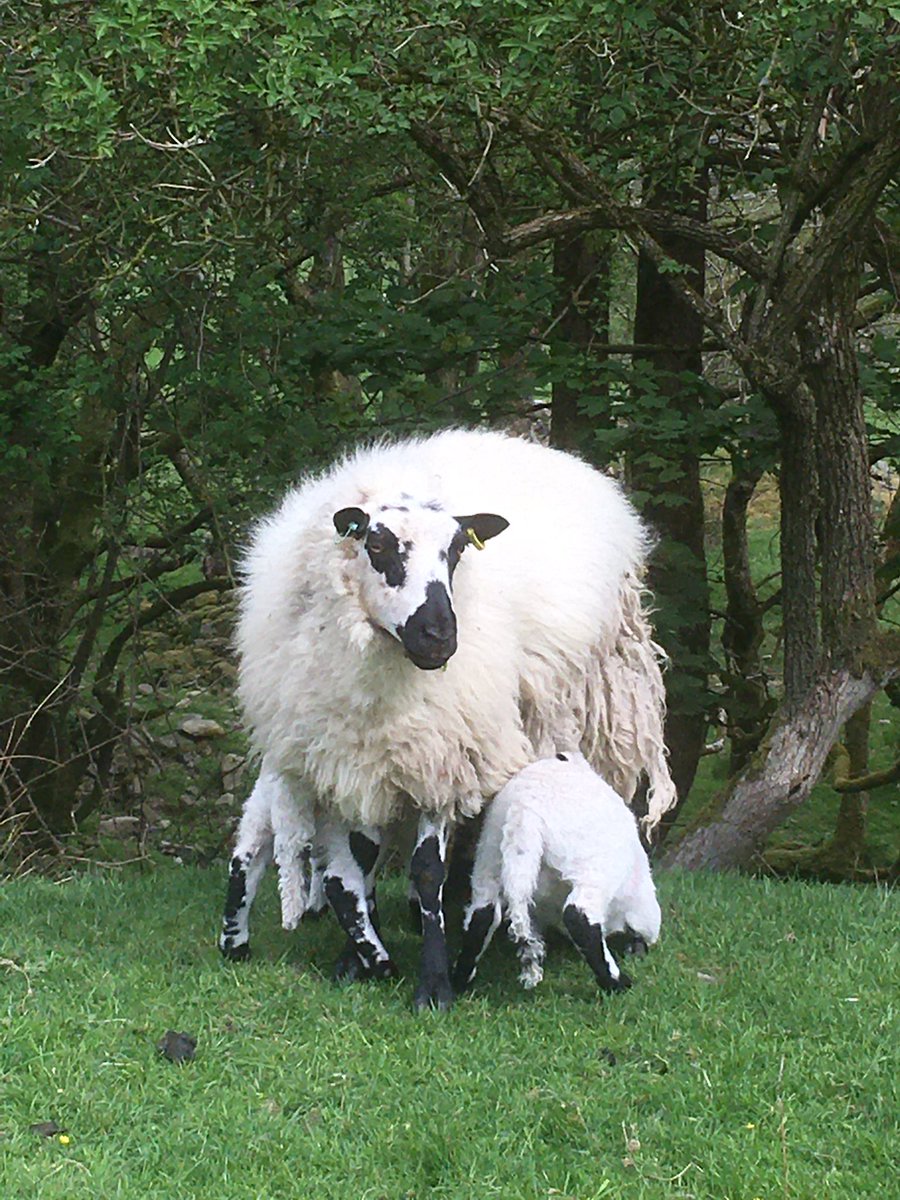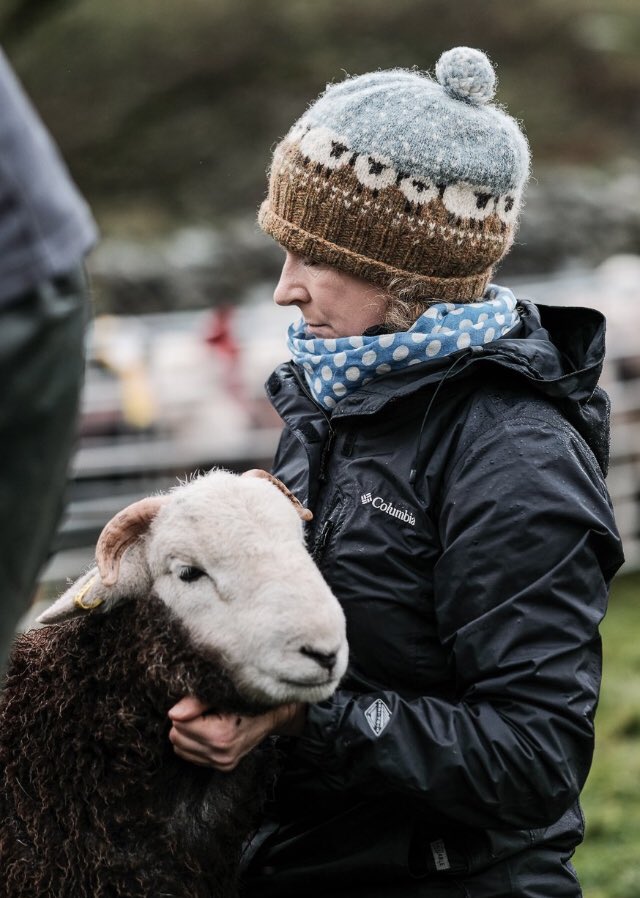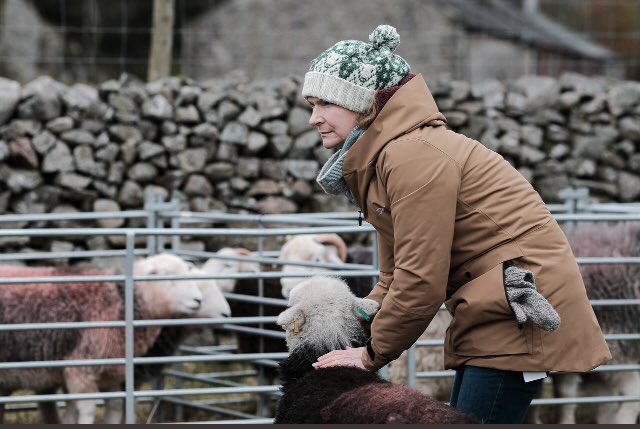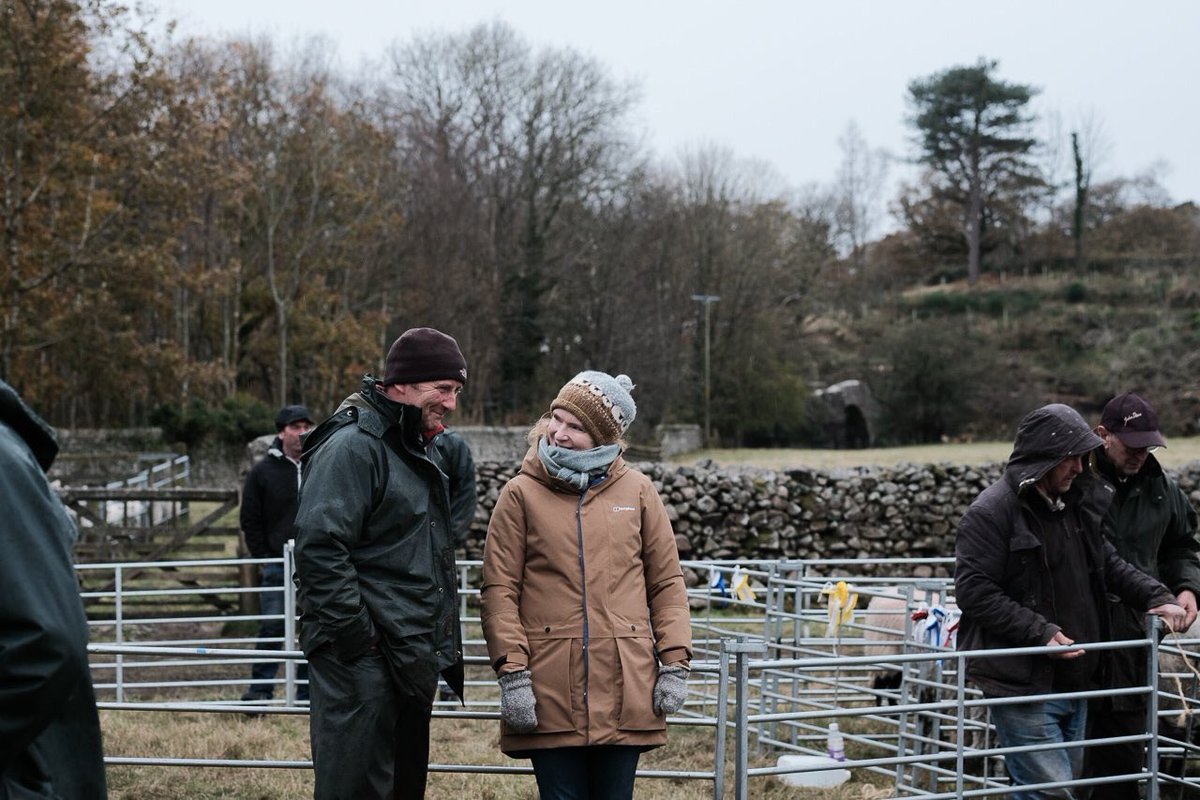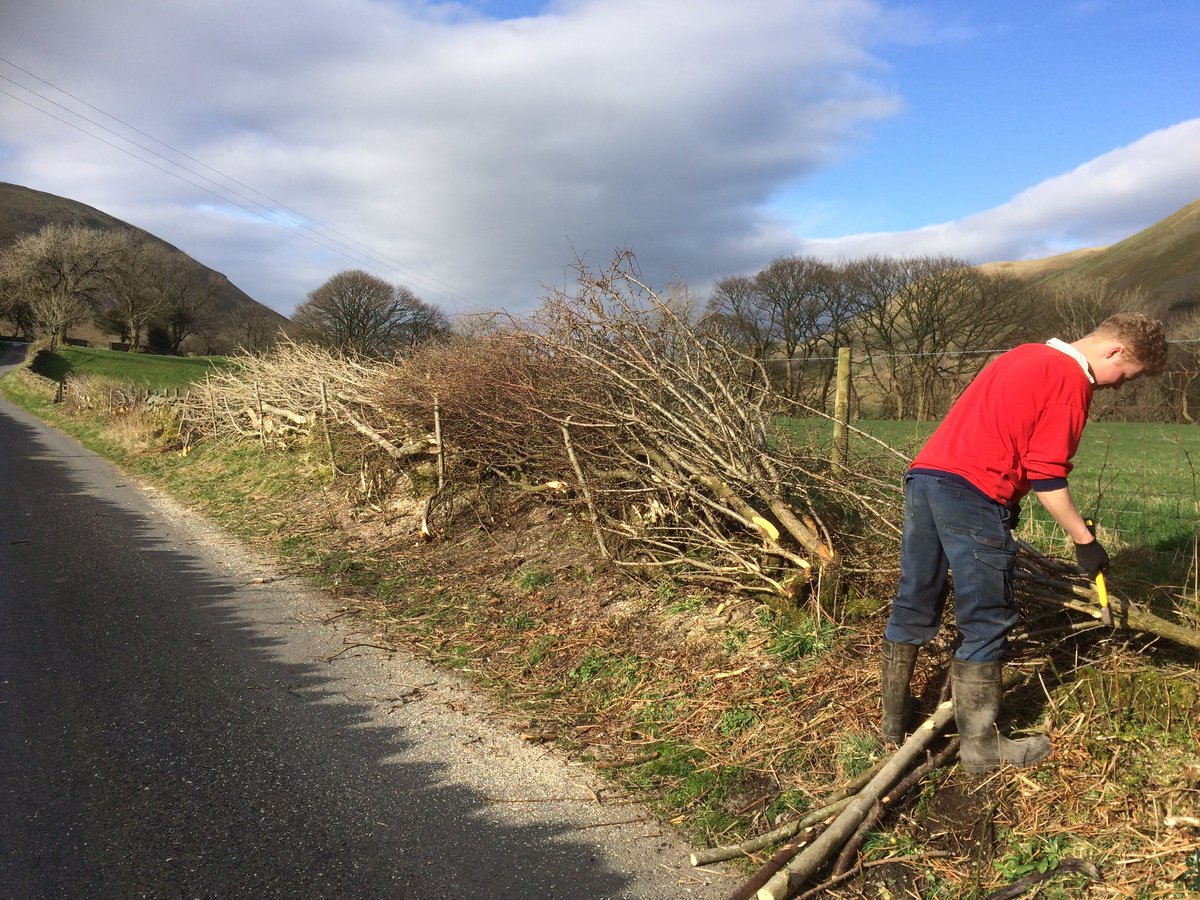So, now we understand about how the farm is becoming more productive and better for wildlife. What about the cultural and historic environment? Thread....
We have a Roman fort, parade ground and burial ground. This means about 30 acres of our farm are Scheduled Ancient Monument and we must take care not to damage this. It is safely underground, one of the most significant sites in the north of England
We have a lovely complex of Georgian vernacular farm buildings. These are in a Countryside Stewardship scheme to keep them in use for farming photo by @Croftfoot
We also have another deserted farmyard. I would like to restore this and have applied for grants but have not been successful yet
We keep @RoughFellSheep These are our local breed. We are very involved with the breed society and all their initiatives
We also work with the breed society of the Welsh Hill Speckle Faced sheep to keep a quality flock outside of Snowdonia. Heaven forbid, this would be crucial in case of a disease outbreak there
Last year I attended 27 Shepherds Meets for @lakedistrictnpa These are key cultural events that it is vital to support photos @billplumtree
My son works in partnership with me. This is key to the cultural continuity of the farm. He also runs a hefted flock of @RoughFellSheep for another farm on the Howgills. These hefted flocks are key cultural assets.
Native breeds of animals being productive producing quality food products, quality habitats for the environment here, and cultural heritage thriving. These three things are all equally important on a hill farm. Nature and culture work hand in hand here as they have for centuries.

 Read on Twitter
Read on Twitter